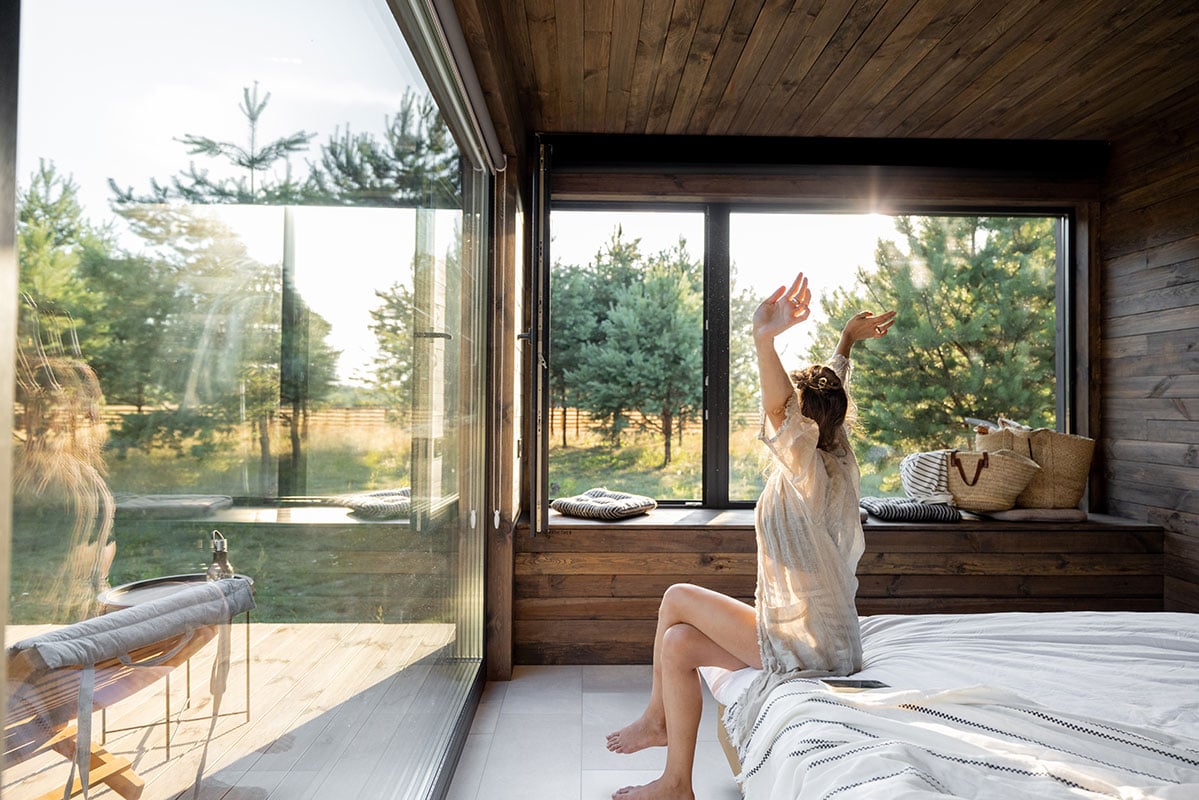
My friend Marina and I cherished our Saturday morning neighborhood walks. It became our routine, a way to soak in nature and share quality time together. However, one Friday night, everything changed when Marina called to cancel because she and her husband had enrolled in a ballroom dance class.
This announcement caught me off guard. Ballroom dance? I was disappointed but intrigued.
As Marina shared her enthusiasm for mastering tricky dance steps and fulfilling a long-held desire, it became clear that dance was more than just steps. Dance is an expression of life set to music, a sentiment that stuck with me.
Digging deeper into Marina’s newfound love, I’ve discovered that the notion of dance classes being exclusive for the young and agile has faded away. In its place has emerged a trend where people of all ages are rediscovering the joy of moving together.
Today, nobody is too old to explore tap, ballet, or groove to a Latin beat. Dance is for anyone open to a new experience.
So, if you often find yourself scrolling through social media, secretly yearning to move with the fluidity of those graceful dancers gliding across your screen, here’s a secret for you – it’s never too late to start. Yes, even if your body has passed its prime and you rely on Celebrex to navigate stairs. Taking up a dance class at any age offers benefits for both your body and mind.
It’s time to trade in traditional workouts for dancing shoes and explore why stepping onto the dance floor is the workout that will make you want to boogie!
1. A Social Affair: Meeting New People and Building Connections
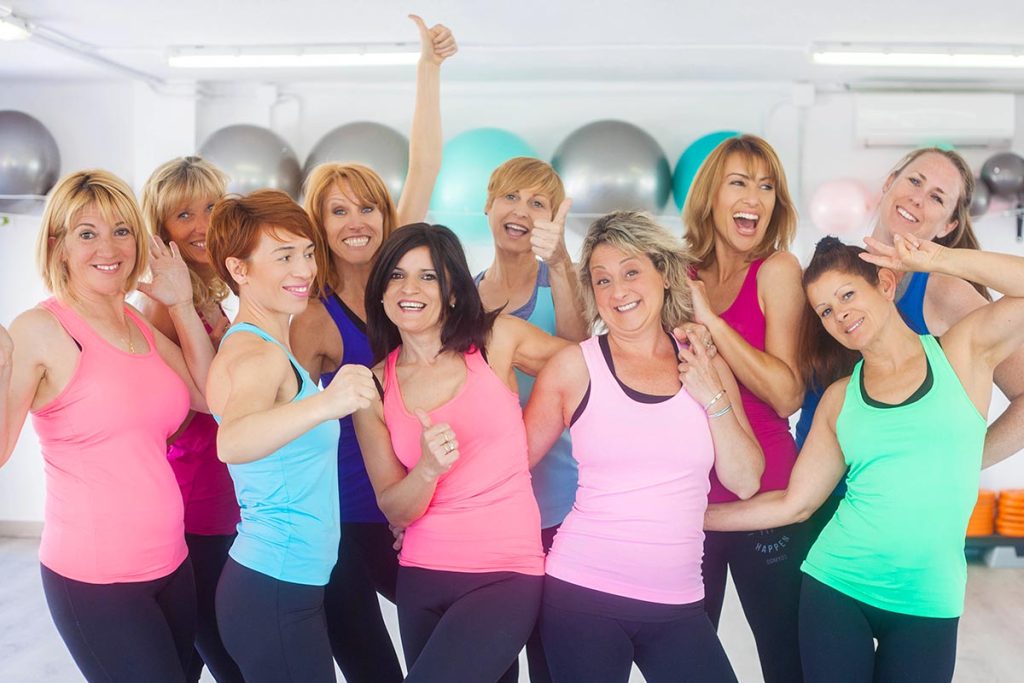
Whether you’re a newcomer or a dance aficionado, the inclusive nature of dance classes offers an excellent opportunity to meet new people. Breaking the ice becomes a breeze when you’re learning intricate steps together or sharing a laugh over a misstep. The camaraderie formed in dance classes may extend beyond the studio, creating lasting friendships that enrich your social life. As you twirl and sway with your fellow dancers, you’ll discover a supportive community that shares the same enthusiasm for movement and self-expression.
2. Physical Fitness in Disguise: A Fun and Vigorous Workout
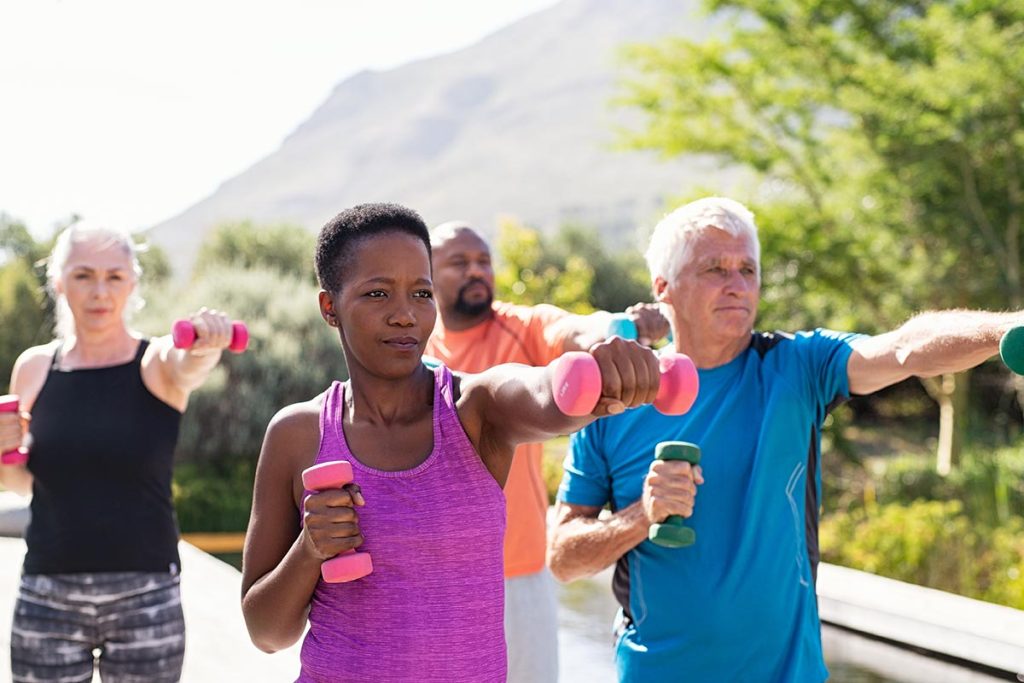
Whether salsa-ing or waltzing, dance engages various muscle groups, promoting flexibility, strength, and cardiovascular health. The best part? You won’t even realize you’re working out! The infectious rhythms and dynamic movements distract from the physical exertion, making dance an ideal option for those who despise the treadmill or the weight room. The joyous nature of dance turns exercise into a celebration, helping you maintain a healthy lifestyle without the dread that accompanies more conventional fitness routines.
3. Stress-Buster: Dance Away Your Worries
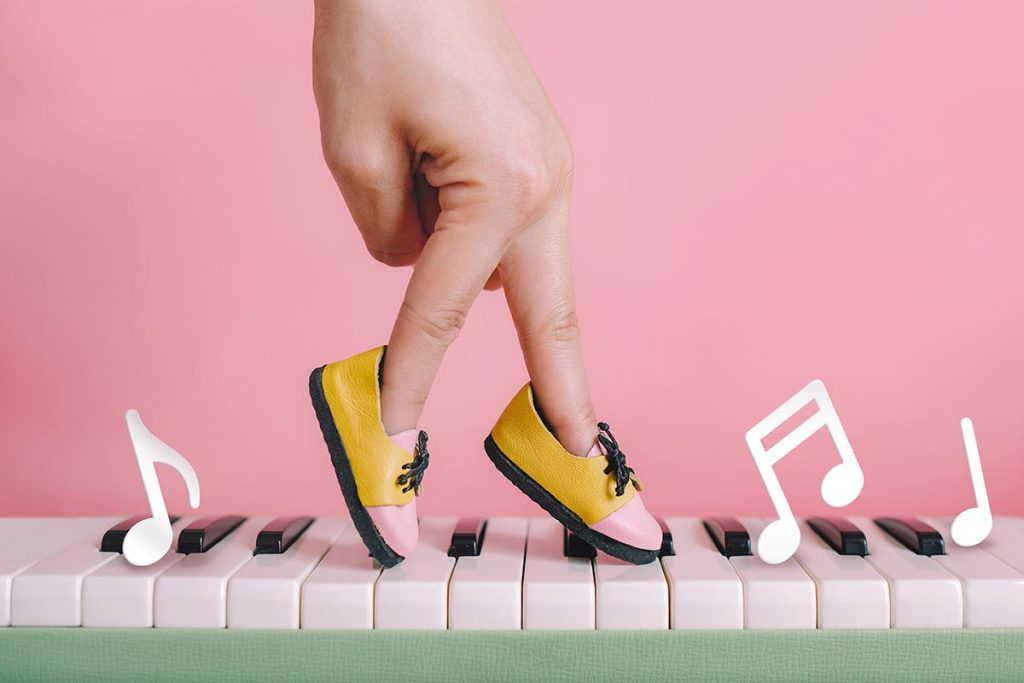
Combining rhythmic movements and expressive gestures provides a cathartic release, allowing you to channel your emotions into the dance. As you immerse yourself in the music and the choreography flow, the day’s worries fade away. Dance has been proven to reduce cortisol levels, the hormone associated with stress, making it a therapeutic and enjoyable way to unwind. (1) The next time life feels overwhelming, put on your dancing shoes and let the music guide you to serenity.
4. Boosted Confidence: Mastering New Skills and Overcoming Challenges

Dance classes challenge you to learn new steps, coordinate movements, and express yourself in ways you might not have thought possible. As you overcome the initial hurdles and see progress in your abilities, you’ll undoubtedly feel your self-esteem rise. The sense of accomplishment you get from mastering a dance routine or perfecting a challenging move translates into increased confidence that extends into other areas of your life. Dance becomes a powerful tool for personal growth and empowerment, proving that the journey of self-discovery can be as exhilarating as the dance itself.
5. Cultural Exploration: Embracing Diversity Through Dance
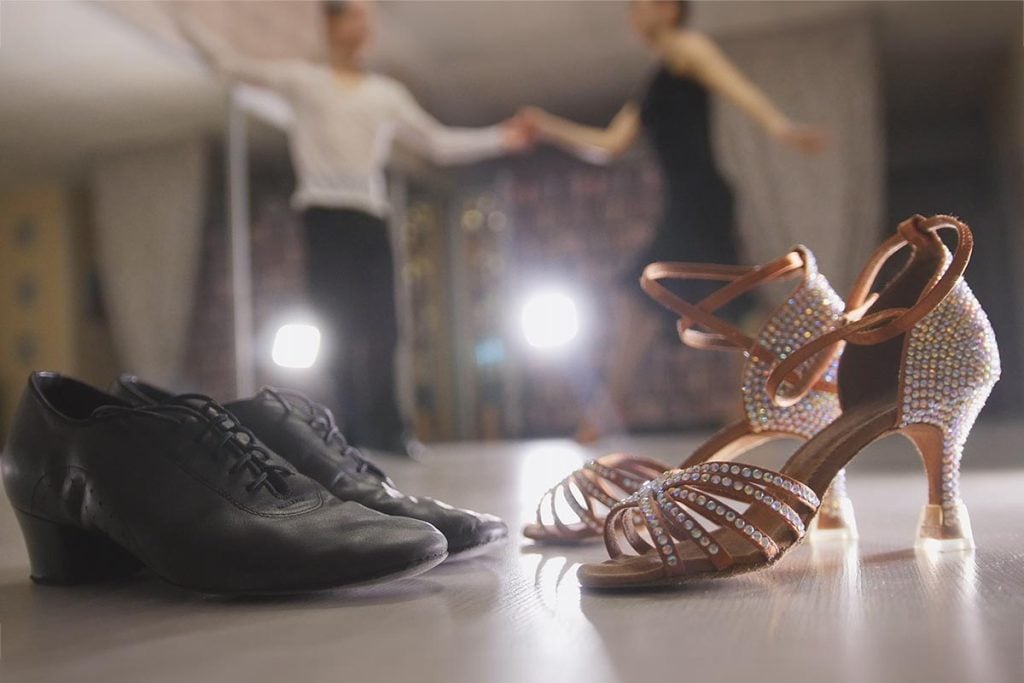
Dance is a universal language that transcends borders and cultures. From the sensual rhythms of Latin dances to the elegance of ballroom styles, each dance form carries its own cultural history and significance. Engaging in diverse dance classes opens your eyes to the beauty of different traditions, fostering an appreciation for the global mosaic of movement. It’s a journey that not only expands your dance repertoire but also broadens your cultural horizons.
6. Improvising & Memorizing for a Better Brain
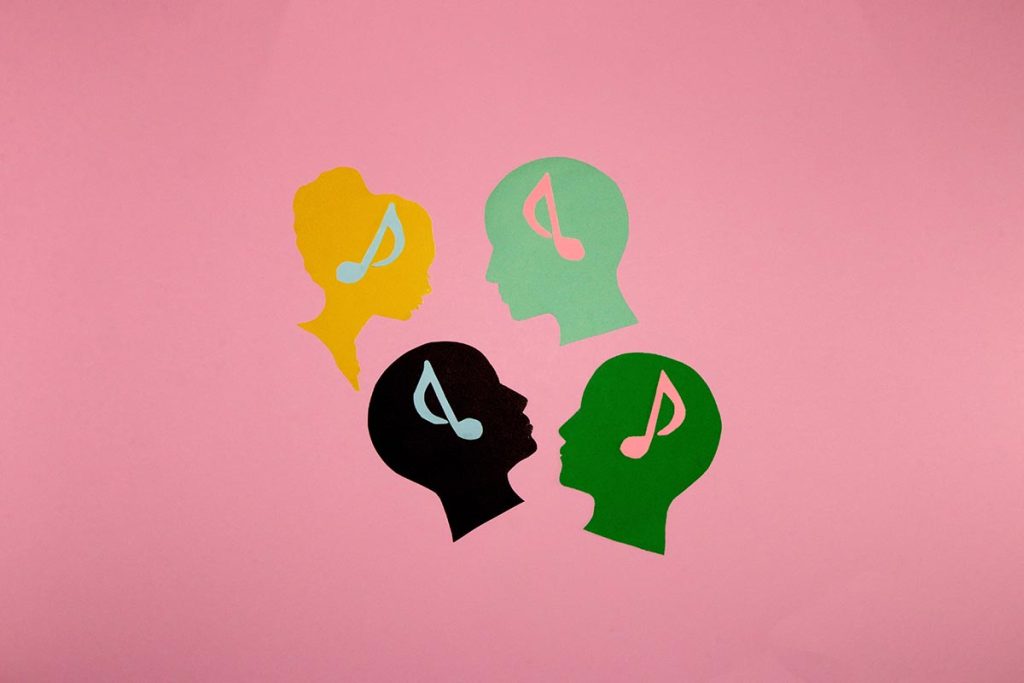
Dance classes often incorporate improvisation, a great way to stimulate the brain and boost cognitive functions (1). Remembering dance steps and sequences can also improve memory and mental agility. So, dancing is not just good for the body—it’s a workout for the mind. (1-2)
The power of dance extends far beyond simple entertainment. It catalyzes cognitive enhancement, emotional health, stress relief, physical performance, social engagement, and creativity stimulation.
Regardless of your preference, be it jazz or samba, immersing yourself in your dance can unlock countless benefits.
To further dance’s emotional and physical support, consider adaptogenic mushrooms like those found in Stonehenge Health Dynamic Mushrooms into your daily life.
Dynamic Mushrooms combine Lion’s Mane, Reishi, Chaga, Maitake, and Shiitake. Each of these mushrooms possesses adaptogenic properties, contributing to cognitive performance, immune wellness, and the ability to adapt to stressful situations.* This all-encompassing blend saves you the trouble of finding each ingredient, offering a full spectrum of adaptogenic benefits in one convenient blend. And if your joints require some extra care, Stonehenge Health Dynamic Turmeric steps in, harnessing the properties of curcumin to promote overall well-being. Offering antioxidant benefits, it supports joint health, mobility, and flexibility—essential elements for those deeply passionate about dance.*
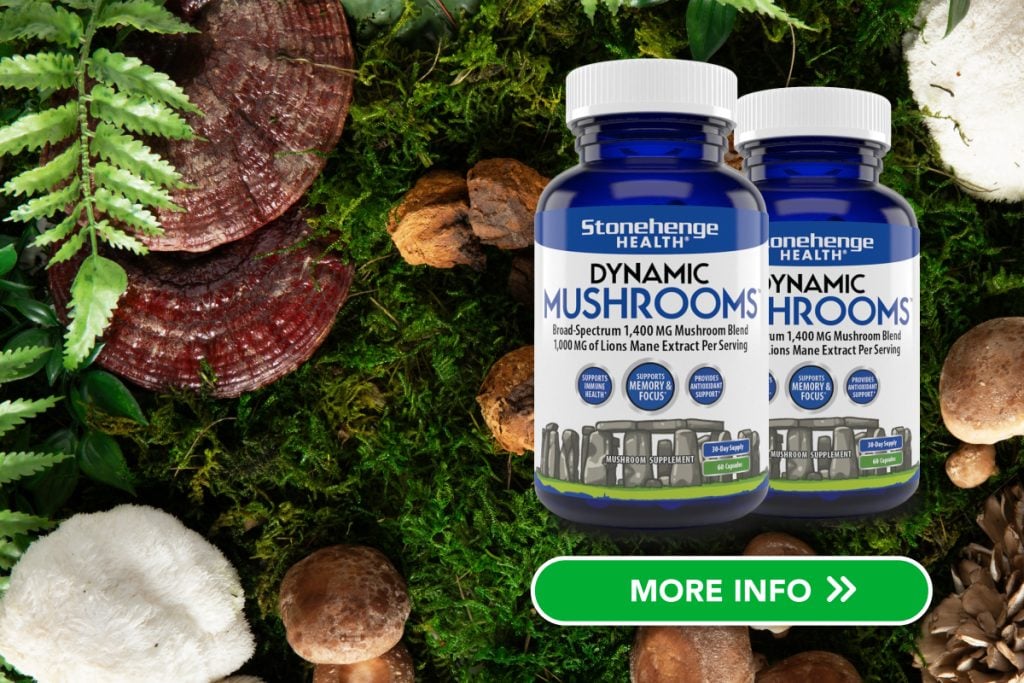

* These statements have not been evaluated by the Food and Drug Administration. This product is not intended to diagnose, treat, cure or prevent any disease.
Sources:
1. Meekums B, Karkou V, Nelson EA. Issue 2. Art. No.: CD009895. DOI: 10.1002/14651858.CD009895.
2. Karkou V, Aithal S, Richards M, Hiley E, Meekums B. CD011022. DOI: 10.1002/14651858.CD011022




